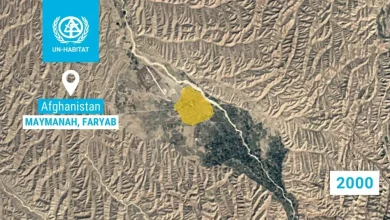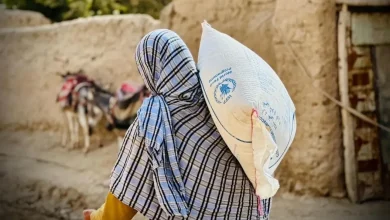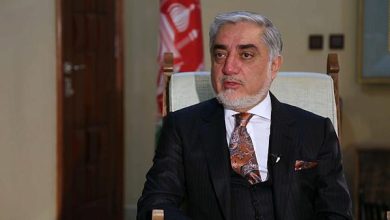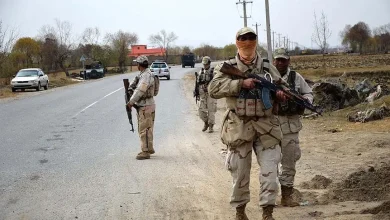Afghanistan’s Endangered Languages Face Extinction Amid Cultural and Political Pressures
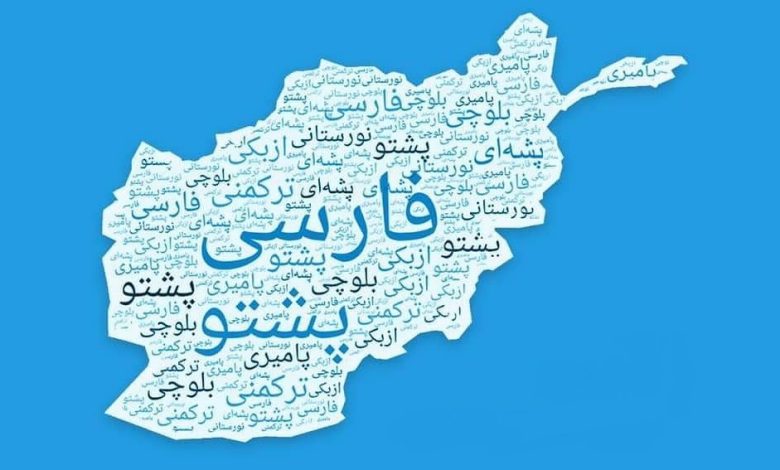
Afghanistan is once again grappling with one of its most sensitive cultural challenges: the diminishing intergenerational transmission of indigenous languages. From the remote corners of Helmand to the deep valleys of Badakhshan, languages classified as ‘vulnerable’ or ‘severely endangered’ continue to fade.
Urmoori, Pashayi, and the Pamiri languages are among the best-known examples currently categorized by UNESCO as ‘endangered’ or ‘critically endangered.’ These languages represent more than just a means of communication—they are carriers of history, identity, and collective memory. Their extinction would mean the silencing of a vital part of Afghanistan’s cultural heritage.
A Quietly Fading Map
In isolated valleys, grandmothers still speak in tongues that are not taught in any school, while the younger generations in the same households are losing the ability to understand them.
Urmoori, a rare language spoken in southeastern Afghanistan and parts of Pakistan, now has only a few thousand speakers left. Migration, the dominance of national languages, and the lack of formal education are pushing it to the brink of extinction.
Other dialects of Pashayi and Pamiri languages are on a similar path. Research shows that many children born in recent decades have not fully learned these languages. Afghanistan is a mosaic of hundreds of linguistic varieties, ranging in status from stable to critically endangered.
Five Key Factors Contributing to Language Loss
1. Migration and Displacement
Decades of conflict and political turmoil have led to internal and cross-border migration, scattering speaker communities. Families resettling in cities or neighboring countries must adopt dominant languages to survive and integrate, weakening the transmission of their native tongues.
Children raised in Kabul, Tehran, or Peshawar have limited exposure to their village dialects, resulting in a generational disconnect. Among small minority groups, migration rapidly accelerates language loss.
2. A Limited and Monolingual Education System
Afghanistan’s formal schools primarily teach in Dari and Pashto, with no official curriculum for local languages. This leads parents to prioritize dominant languages for their children’s economic futures, pushing native languages to the margins at home.
Studies indicate that the absence of mother-tongue education is itself a major barrier to passing on native languages. School structures and curricula restrict opportunities for indigenous language use, even if parents are willing.
3. Social Pressure and Stigma
In many areas, speaking a local language carries a stigma of backwardness or illiteracy. Children are mocked at school, and teenagers often conceal their accents and vocabulary. To avoid social and economic marginalization, parents prefer their children to learn dominant languages.
This cultural self-censorship gradually erases native languages from domestic life. The mother tongue becomes not just a communication tool but a casualty of socio-economic identities.
4. Language and Ideological Policies
Over the years, official institutions and ruling powers have consistently promoted dominant languages while sidelining minority ones. Restrictions on media, the education system, and the exclusion of local languages from official spaces have left them with little room to survive.
In recent years, the emphasis on formal language instruction and the limitation on access to local media have directly discouraged families from preserving their native tongues.
5. Lack of Documentation and Digital Presence
In the digital age, languages with no online footprint gradually vanish from daily memory and use. Most local Afghan languages lack books, apps, or educational channels. Without audio and written records, language revival becomes nearly impossible.
Efforts to create audio archives, booklets, and digital content are currently limited. This shortage poses one of the greatest threats to passing languages onto future generations.
Poverty and Economic Hardship: A Destructive Cycle
Poverty silences more than empty stomachs—it silences languages too. Families focused on daily survival and migration often lack the time and motivation to teach their mother tongue. Urban migration, economic stress, and limited educational resources all contribute to the reduced daily use of these languages.
This destructive cycle, if left unaddressed, threatens not just languages but also the cultural identities of Afghanistan’s small communities.
The Role of the Taliban and Recent Language Policies
Under Taliban governance, restrictions on cultural and educational institutions have led to worsening conditions for minority languages. The narrow education programs, focus on formal languages, and lack of support for documentation and local media have diminished opportunities for revitalization.
In this environment, families and civil society remain the last defenders of linguistic heritage. But without institutional backing, smaller languages are swiftly becoming marginalized.
Glimmers of Hope
Despite immense pressure, some efforts persist:
– Independent researchers continue documenting languages, compiling audio and text-based archives.
– Local projects have launched booklets and audio materials to preserve vocabulary and support basic learning.
– Afghan diaspora communities in Europe and the U.S. are creating digital content and podcasts in their native languages, playing a vital role in preservation.
Even a single audio file can be invaluable in reconstructing a language for future generations.
Immediate and Practical Solutions
– Implement bilingual elementary education in local regions.
– Record and document audio and text materials before elderly speakers pass away.
– Develop basic digital content to support visibility and daily use.
– Offer economic support to local communities to maintain language preservation initiatives.
– Collaborate with diaspora communities to produce educational and cultural resources.
These measures could still reclaim languages on the brink of silence.
Conclusion
Afghanistan’s small languages are more than communication tools—they are repositories of history, memory, and cultural identity. Their extinction would mean losing a vital piece of collective heritage.
Multiple factors—migration, poverty, social stigma, official policies, and lack of documentation—have driven these languages toward the edge. Yet with determined, scientifically informed approaches, there is still a chance to bring them back.
